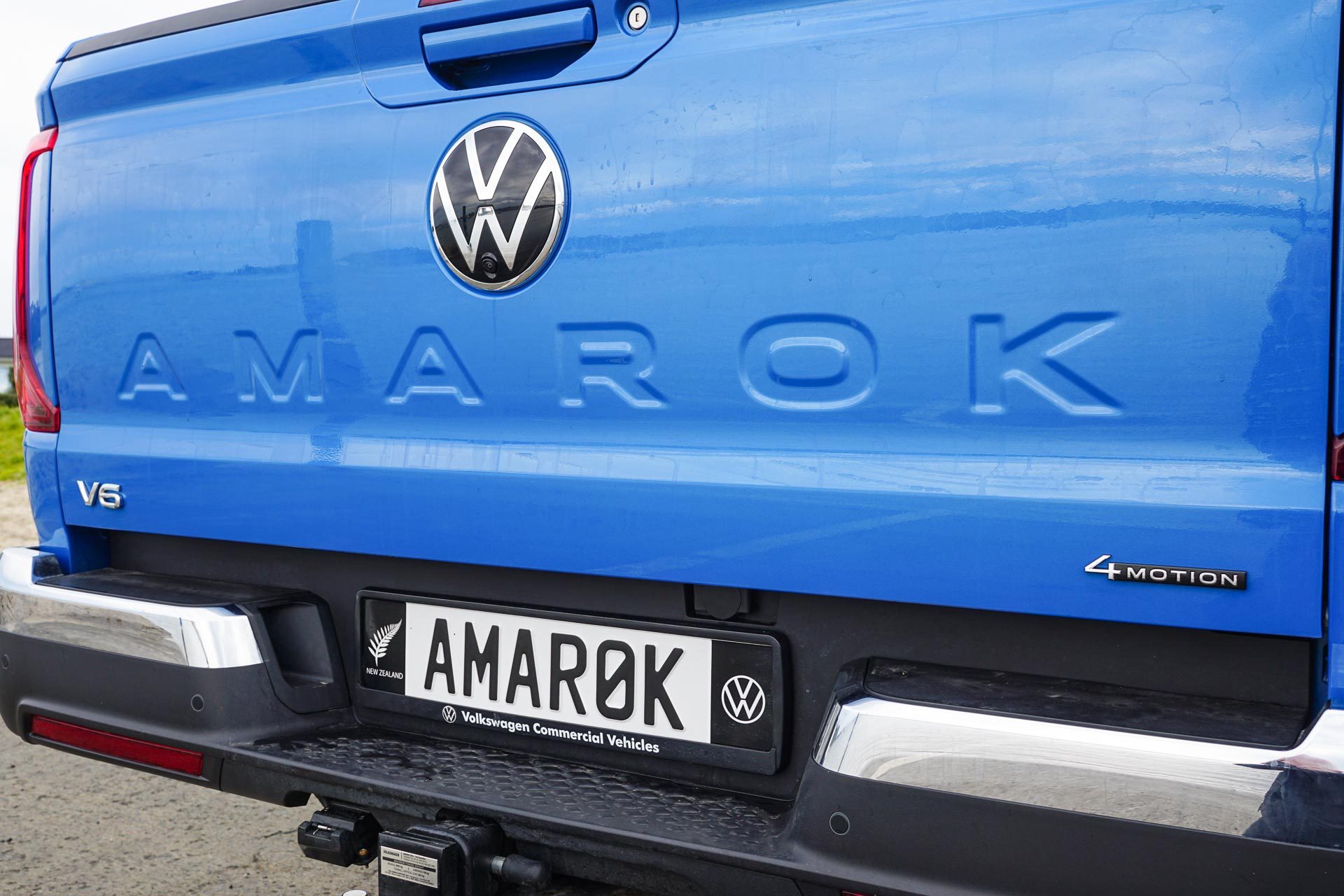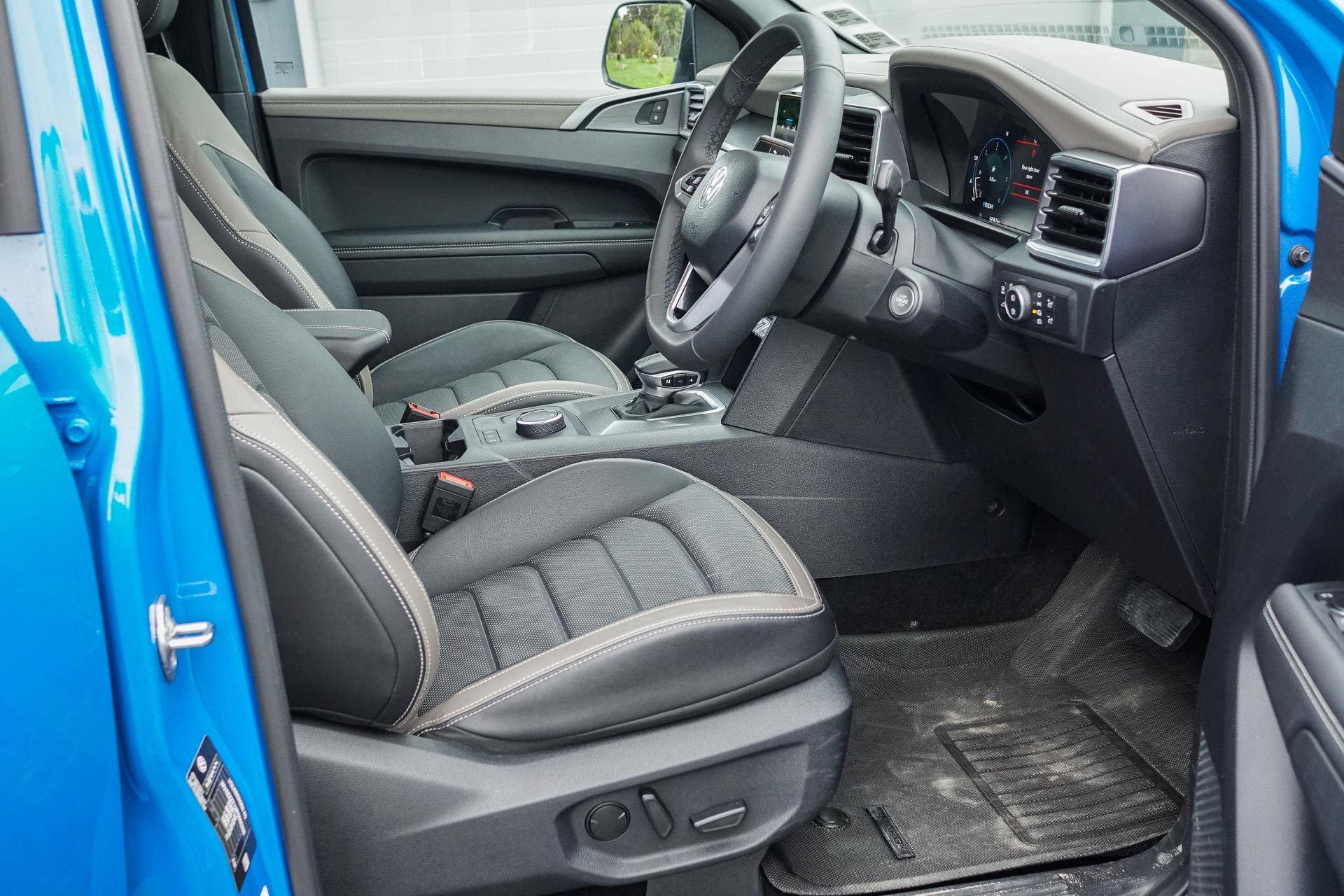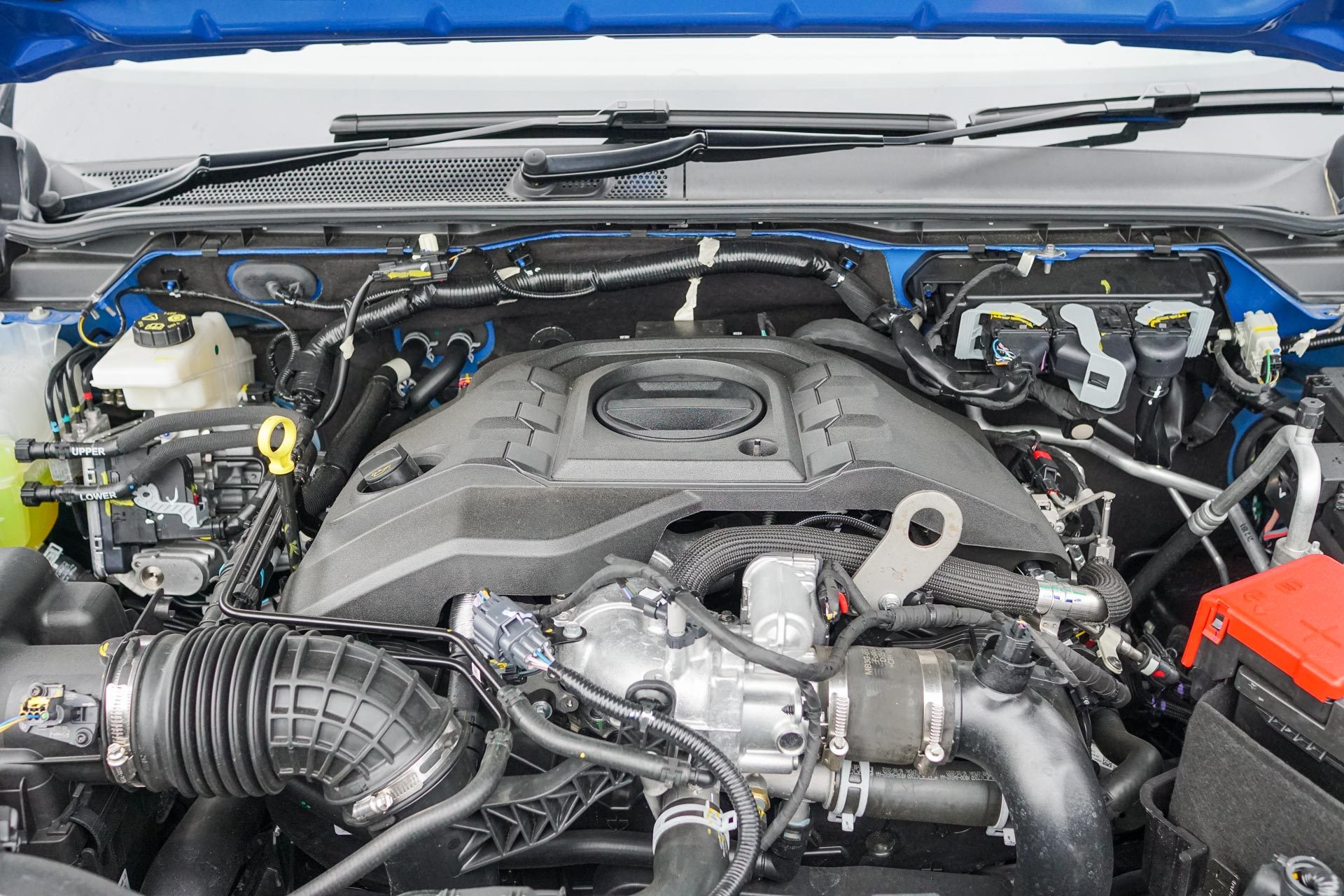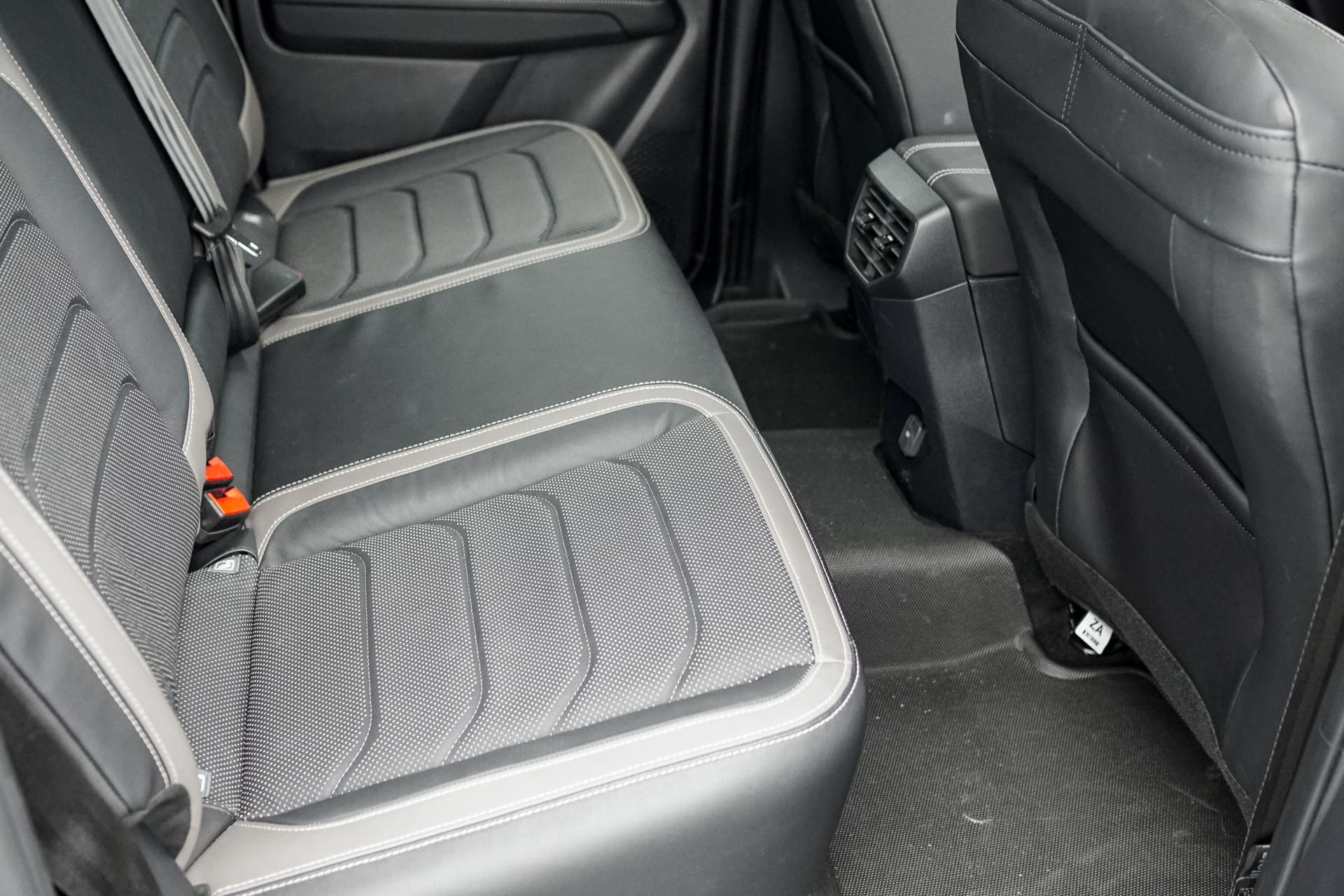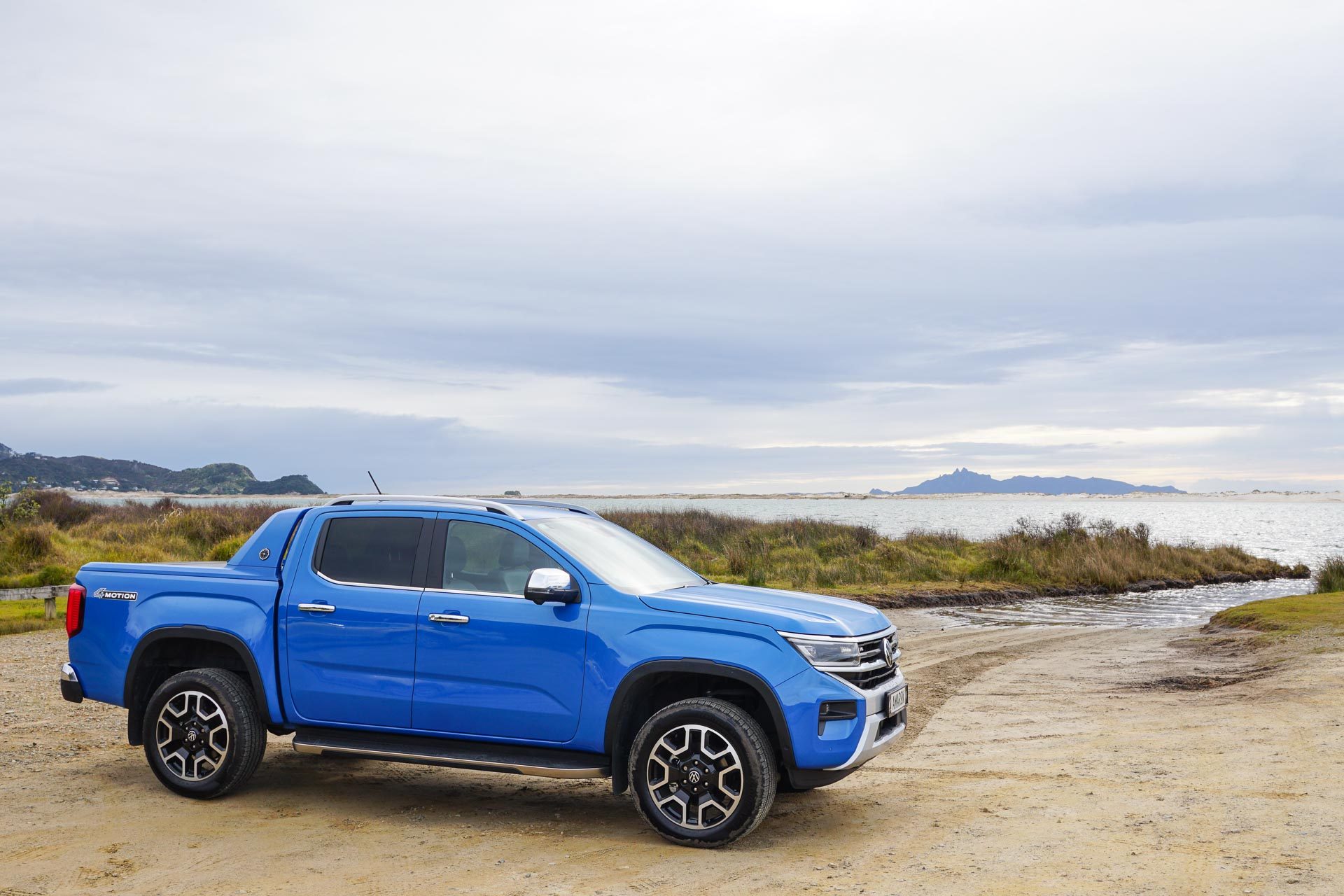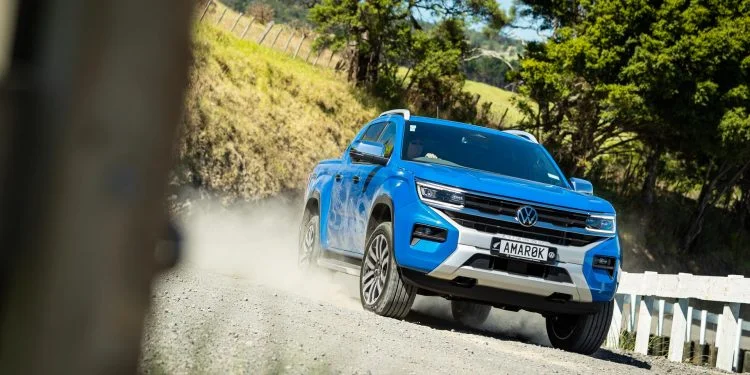2023 Volkswagen Amarok Aventura review
If you want a competent spacious gear-laden Ute with a Euro badge, the Volkswagen Amarok is certainly that.

I recall my first drive of an Amarok V6 turbodiesel in 2017, coincidentally also an Aventura, only the first generation. Back then it created 180kW and 580Nm.
With an eight-speed auto, this quickly became the one to match for power and pace in the premium double-cab ute sector. It could hit 100 in under eight sec with the paddles. Auto took 8.6sec, oddly. The V6 turboD became the best selling Amarok.
That was then, when VW sold almost 8000 first-gen Amaroks here. But this is now, with the Ford Ranger continuing to run amok in the market.
So VW decided to partner up with Ford for its second-gen Amarok, and is essentially riding on the coattails of the pick-up powerhouse.
It uses the same mechanicals and glasshouse along with sharing some interior fitments but is offering something that looks and feels slightly different.
You’d not recognise it as Ranger from the front while inside there’s a leather-look upper dash, different instruments and the steering wheel is VW’s own. The indicator is on the wrong side too, for that European feel.
Its engineers were on hand in Australia from the outset of the latest Ranger’s development cycle. That meant they could select things like suspension components to tweak the ride and handling as they wanted it for Amarok (the top line models get a ‘comfort’ suspension tune).
There’s still the portrait-style infotainment screen, from which most everything is run, and they’ve had to use the same shifter mechanism which features the detent on the front aspect of the lever, making it somewhat awkward to select Reverse.
It is something you get used to though. That’s because instead of having paddle shifters, Ford and VW use a +/- pushbutton system on the right side of the shift lever.
Not as easy in operation as paddles. Handy for when you’re towing and this, like Ranger, can haul braked loads of up to 3500kg.
And that it should easily do because of the V6 it shares with Ford under the hood. It is a 3.0L V6 like before so output is similar, offering 184kW and 600Nm, processed ably by a 10-speed automatic.
In regular acceleration the tacho needle is pointing at around 2200rpm and it scarcely moves from there as it hooks the next gear.
Give it some welly in auto mode and it will hit 100km/h in 8.7sec but it’s not quite as quick on the overtake as the original, about a half second down.
This engine doesn’t rev as high as its forebear, the action over by about 3500rpm. Fuel use is a bit higher too, a WLTP-rated 9.6L/100km overall (254g/km of CO2).
For the majority of the time the trip computer suggested early 11s.
What’s (still) nice about the turbodiesel is just how easygoing it is. Ridiculously. Much of the time it’s revving away below 2000rpm, and on the open road 100km/h is 1700rpm.
It is slightly less quick than the original because new Amarok has gained about 100kg. But then it is slightly bigger too – the old one was 5.25m long and this is almost 5.4m.
The tub still accepts a pallet between the wheel arches and can handle a payload of just over 900kg.
It feels big on road, especially in the city. It will lane keep for you, with active cruise on the go but we found it interfered with steering a bit much so we switched it off via a handy button on the wheel.
Ride is seldom great in an unladen ute but the comfort tune of the V6 Amarok puts it up there with the best of the regular pick-up competition (full-size Chevrolet Silverado aside).
And with a bit of clobber on the back progress is even better. Don’t think, however, that this is even close to SUV levels of ride comfort.
As for equipment you don’t want for much, a far cry from the utes of yesteryear. But then for $90k you expect the whole ball of wax.
There’s leather trim throughout, including for the sports wheel, wireless charging, sat nav, seat heaters, a warm wheel – though we’ve felt warmer – and dual zone air.
Figure also on 20-inch alloys, a sports bar, chrome finishing for the mirrors, side steps, rear bumper and door handles, and even a self-parking feature, though the jumbo mirrors make that almost redundant.
Our vehicle also had a roller cover for the tray, keeping things not only dry but also secure because the tailgate is part of the central lock system.
And for safety, there’s car-like fit out, including adaptive cruise with stop and go, AEB with junction assist, blind spot monitoring and RCTA, sufficient for it to earn a five-star ANCAP rating.
And on things ‘five’, that’s how long the standard mechanical warranty runs in years, or 150,000km.
Volkswagen has done a sweet job differentiating its Amarok from its mechanical twin Ranger.
It isn’t cheap but if you want a competent spacious gear-laden ute with a Euro badge, even though it’s made in South Africa, Amarok is certainly that.
Our vehicle also had a roller cover for the tray, keeping things not only dry but also secure because the tailgate is part of the central lock system.
And for safety, there’s car-like fit out, including adaptive cruise with stop and go, AEB with junction assist, blind spot monitoring and RCTA, sufficient for it to earn a five-star ANCAP rating.
And on things ‘five’, that’s how long the standard mechanical warranty runs in years, or 150,000km.
Volkswagen has done a sweet job differentiating its Amarok from its mechanical twin Ranger.
It isn’t cheap but if you want a competent spacious gear-laden Ute with a Euro badge, even though it’s made in South Africa, Amarok is certainly that.
Also consider
